MALLALA, SMITHY AND THE OLD AIRPORT TRACK
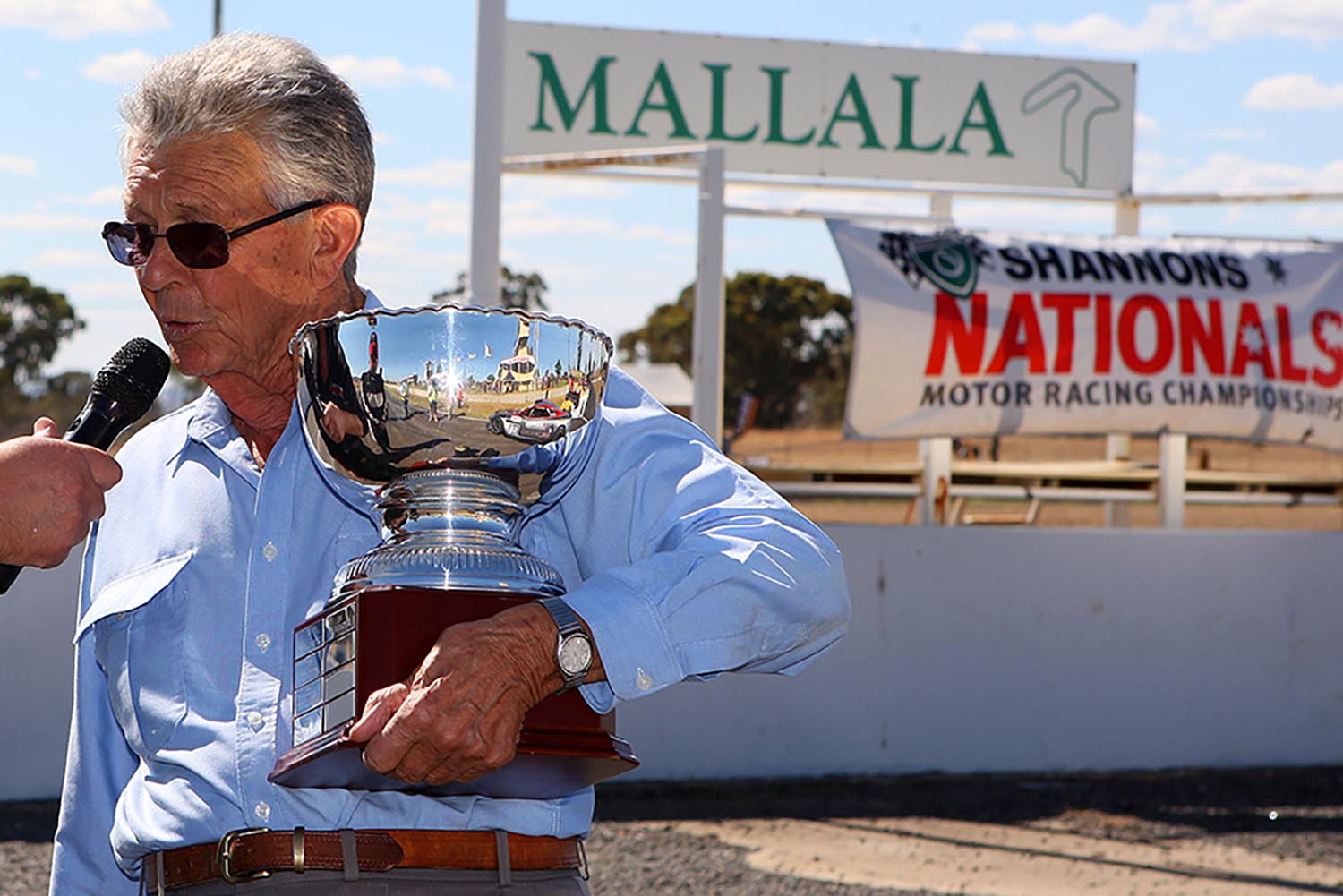
HELD IN high regard in Adelaide, the late Clem Smith’s influence on the sport in Australia is perhaps not as well known outside of South Australia – but his involvement in Mallala was critical to motorsport growing in a state where it remains an enormous draw. He and the circuit he loved remain intrinsically linked.
WORDS & IMAGES: Richard Craill
WHEN CLEM SMITH died in 2017 after a long and full life, South Australian motorsport mourned the passing of one of its most influential people.
A car dealer by trade, Smith sat quietly in the background of Australian Motorsport and yet was one of the sports more influential figures from the last 40 years. His circuit, Mallala Motorsport Park, for more than thirty years provided the only place to race, consistently, in South Australia.
His passing left question marks hanging over the iconic venue 45 minutes to the North of Adelaide, before it was quickly purchased by the Shahin family, owners of The Bend Motorsport Park further South. Their purchase ensured the facility remained not only in local hands, but also in hands that understand the history and significance of one of the oldest tracks in Australia.
A BRIEF HISTORY
THE IMPORTANCE of Mallala Motorsport Park to South Australian Motorsport is unquestionable and real.
As the only permanent circuit in the state for the better part of two decades, its absence would have cripped the local industry who, until The Bend Motorsport Park came along, lack an alternative. If the public face of the sport in Adelaide is the Clipsal 500 V8 Supercar event, Mallala has been its beating heart for thirty years or more.
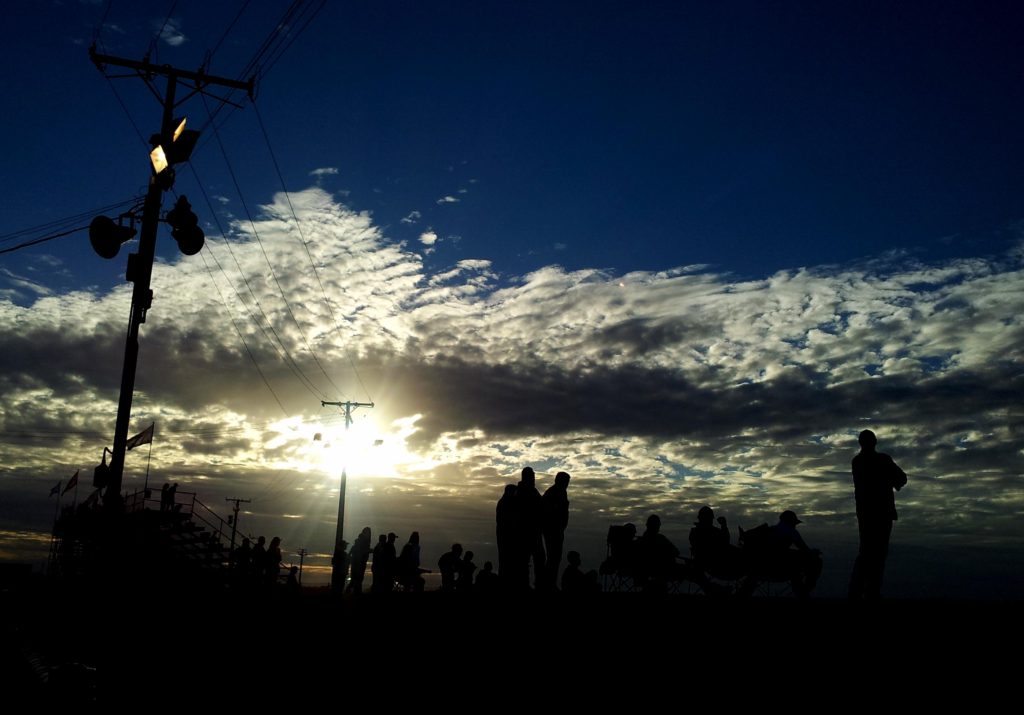
Mallala’s history is unique as one of only a few permanent circuits in Australia to emerge from the second world war’s proliferation of air force bases dotted across Australia.
Founded as Royal Australian Air Force Base Mallala during World War two, the current circuit was the home of the RAAF No. 6 Service Flying Transport School before the taxiways and hangar hardstands were first used as a racetrack in the early 1960s, as the governing body of the sport, CAMS, looked to find a permanent home for the sport in South Australia following the closure of Port Wakefield.
Port Wakefield’s circuit was built in 1953 and hosted the Australian Grand Prix two years later – won by Jack Brabham in a Cooper T40 Bristol – the first of three AGP wins for the future World Champion and the first in a car with an engine located behind the driver.
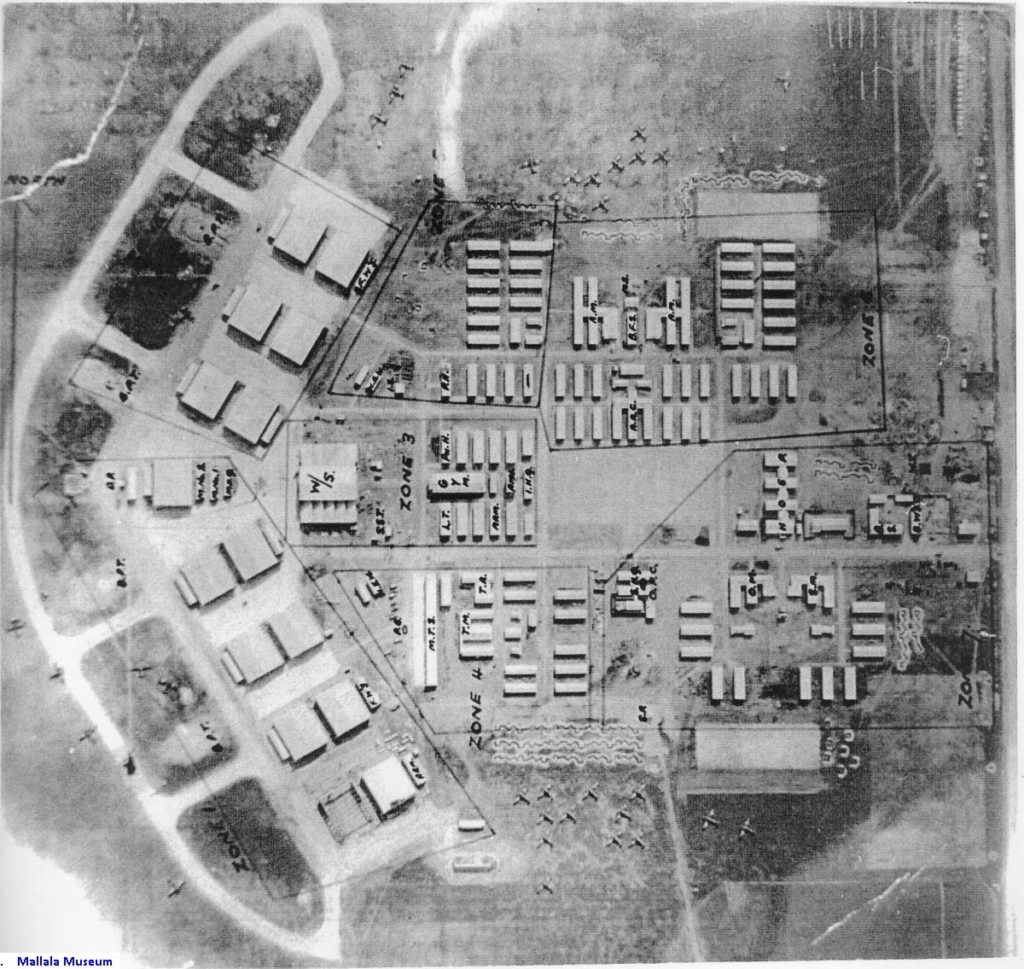
However the circuit was deemed unsuitable for future use at such a high level, forcing the sport to find an alternative – one on which they quickly sourced when they purchased the Mallala Royal Australian Air Force Base from the government in 1961.
Mallala’s first decade saw it host the 1961 Australian Grand Prix, rounds of the Touring Car and Gold Star championships and the Australian Tourist Trophy on two occasions however the track was purchased by noted businessman Keith Williams in 1971 and was closed to full time competition later the same year.
Williams already owned the Surfers Paradise International Raceway and was also in the process of constructing Adelaide International Raceway, 20 minutes closer to the city along Port Wakefield Road.
Thus, after more than ten years of solid use, the circuit fell into disrepair as the new Adelaide International Raceway (AIR), built just 20 minutes away by local racer Keith Williams, took over as the prominent circuit in the state.
Enter Clem Smith.
CLEM STEPS IN
I spoke with Clem in 2014 for a feature story later published in Australian Muscle Car Magazine that same year (you can purchase back order copies of the issue here)
In our extensive chat, Clem discussed the process of stepping in to save the venue.
“(Mallala) Would have only been disused for 4 years, in 1971 they went down to AIR and it was ’76 when I started negotiations to buy and I think I ended up paying for it in ’77. Anything good from Mallala was taken down there to AIR; they didn’t rip the track up or anything like that, though I thought they had.”
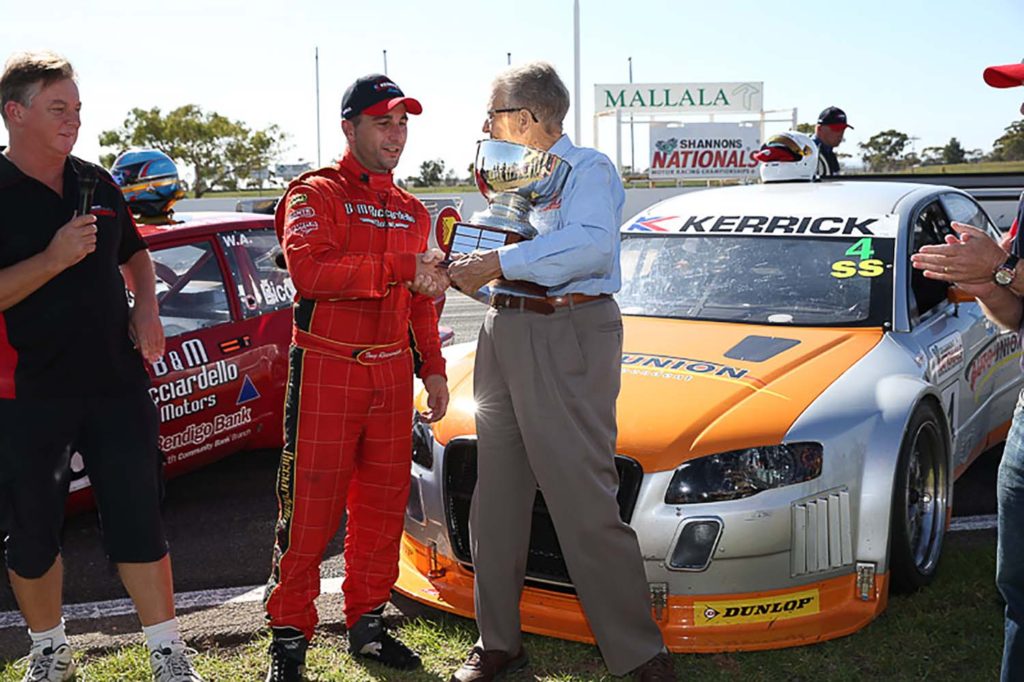
“The story was they sold it to a farmer and he had it up for sale in ’76. A very good friend of mine, the late Reg Sparks, who was a great guy for the sport, suggested we get it going again: People didn’t like AIR very much because it wasn’t a very interesting track, they liked the sharp, hard corners of Mallala as more of a drivers track. Reg said ‘why don’t we give it a go, put some money in and buy the thing.”
The Smith and Sparks show quickly burst into life. Incidentally, the surname ‘Sparks’ will be familiar to those who follow the sport closely; his daughter, Amanda and sons Grant and Craig have all raced since.
Experience told Clem that this was a venture that needed to be taken alone.
“I said: ‘If I have to do this, Reg, I will take it on but if you get a silly group of people together it is not going to work.’ So I put all the hard work in. It started off very different to what it is today. I was not helped by CAMS by any means. There is a big story there, but it takes a while to tell it, and all the legal side…”
The full tale of the efforts put into bringing Mallala back from the dead deserves to one day to be told in full: it is one of legal battles, alleged underhanded dealings from the opposition and not surprisingly, difficult dealings with CAMS. However, after years of struggle, finally; “In 1982 we got a license and started racing again,” Clem remembers.
“The only favour I had was that CAMS pulled the pin on Touring Cars at AIR and they had to come to me didn’t they?”
BACK TO NATIONAL PROMINENCE
AFTER Dick Johnson won the final ATCC round held at Adelaide International Raceway in 1988, Mallala’s triumphant national return came a year later: Johnson winning the first national Touring Car round held at the venue since Bob Jane’s win in the 1971 season.

The Touring Cars would become a mainstay at Mallala and the circuit’s biggest annual event, regularly attracting 20,000 people who would line the grass banks and rickety grandstands of the circuit – most vantage points offering a clear view to a majority of the track.
The pinnacle came in 1997 when Mallala’s July spot ensured it became part of Peter Brock’s farewell tour, after the nine-time Bathurst champion announced his retirement from full-time competition mid-way through the season.
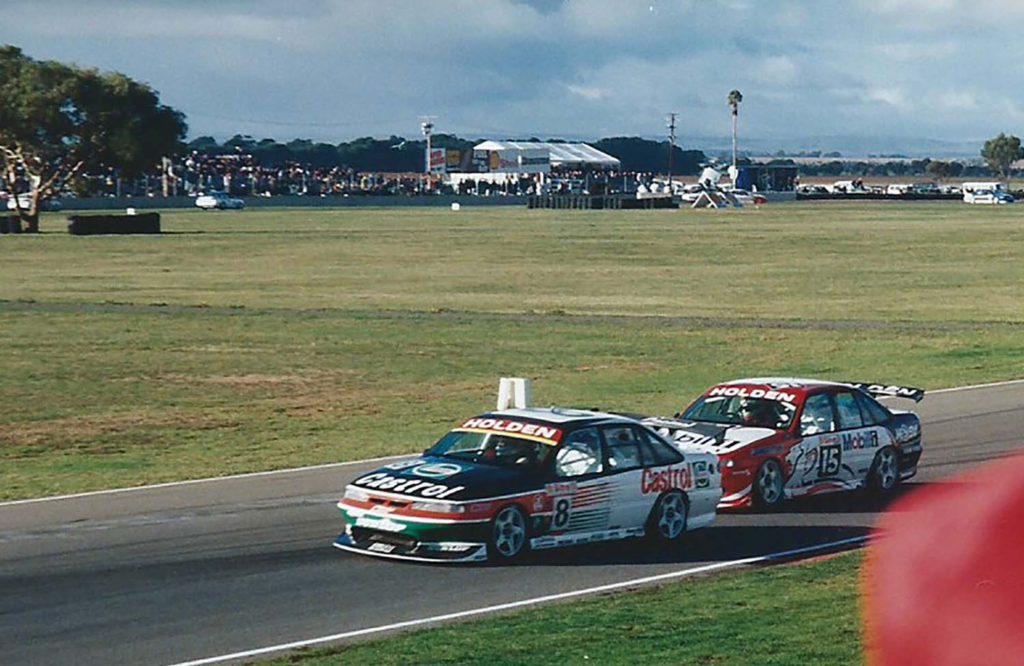
That year, 30,500 people crammed into the venue to see Brock in action one last time in a state known for leaning hard into the red side of the Holden-versus-Ford tribal divide. By mid-morning, traffic trying to get into the circuit was banked up to Port Wakefield Road, more than 15 kilometres away. At the opposite end of the day, you’d be in the car for more than two hours before you even got out of the carpark.
It wasn’t just the Touring Cars that would draw people to Mallala: Super Touring was always a popular draw and regularly drew more than 8,000 to race days. In the two-litre cars, the stop-start nature of the circuit favoured the rear or all-wheel drive cars; In the Super Touring era only BMW or Audi won at the circuit.
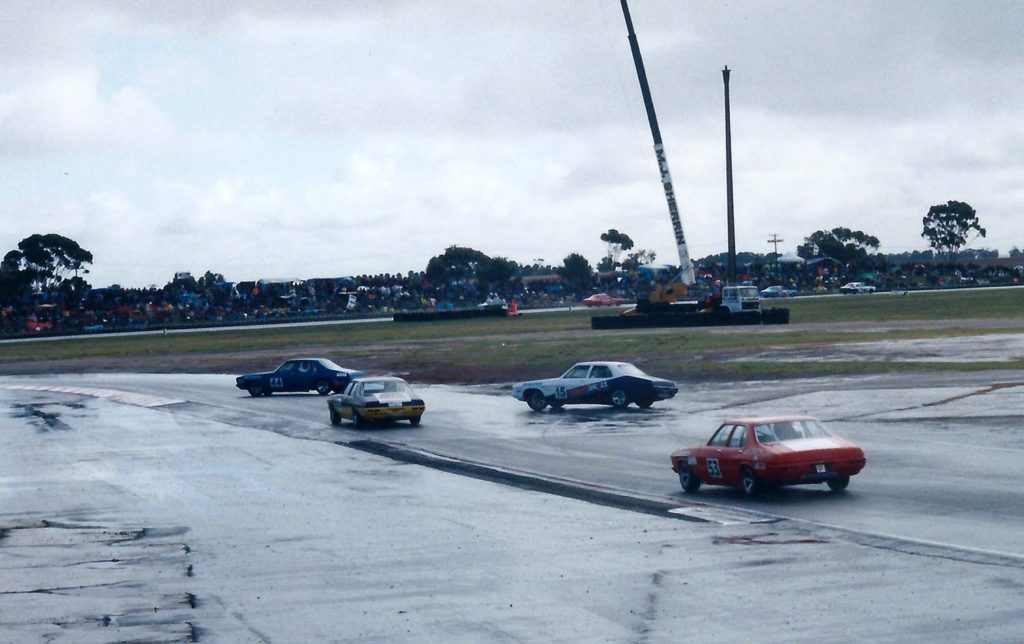
Alongside Oran Park, Mallala was also home to SuperTruck racing; at its peak, regular crowds of more than 13,000 were drawn to watch the big rigs in action in their Trans-Tasman tussles.
RISE OF THE 500
THE LAUNCH of the Adelaide 500 in 1999 ended Mallala’s run as South Australia’s home of Touring Car racing, however as the then-V8 Supercars series boomed the track would see the big stars return for a final fling a few years later.
Shuffling in the Supercars pack during the 2001 offseason saw several driver, team and, crucially, ownership movements which saw several heavy-hitters racing under difference licenses when the 2002 season rolled around.
Remarkably, this saw major names like Mark Skaife, Craig Lowndes and Wayne Gardner not guaranteed a spot on the grid for that year’s Adelaide 500: forced instead into a Formula 1-style pre qualifying session that would determine the final 11 starters in the 36-car grid that year.
However, while pre-qualifying had been held at some events in 2001, the unique nature of the Adelaide event ensured there wasn’t room on the schedule – or in the paddock itself – for those looking to make the grid to actually get track time on the famous street circuit. The solution was to ship them off to Mallala earlier in the week to see who would make the grid.
Skaife (who was fastest), Lowndes and Gardner were safely in the 11 cars who made the show, while Tomas Mezera, Greg Crick, Dugal McDougal and Ross Halliday failed to make the cut.
Remarkably, despite being run on a weekday the short Mallala shootout (comprised of a practice session and the pre-qualifying session), drew an estimated 5,000 people to watch.
Mallala continued to host national events alongside the Adelaide 500; Super Touring continued until 2001 and after years of local fans pushing for a round, the circuit ironically hosted the final ever round of the PROCAR Championship Series in 2004.
Stand-alone rounds for Supercars’ own Development series were also hugely popular, drawing big crowds each year between 2000 and 2006.
Mallala was a key location in the early days of the Shannons Nationals schedule from its foundation in 2006 and hosted rounds through the 2015 season.
THESE DAYS
CLEM SMITH and Mallala remain intricately linked, even though the circuit’s former owner passed away in 2017.
A small tribute to the long-time owner of the circuit was quickly established by the new ones: a lone chair, mounted on a concrete pad, now sits just beyond the high-speed sweeper that breaks up Mallala’s famous not-straight, ‘back straight’. The chair is positioned in the location that Clem himself enjoyed watching the races from and is an appropriate tribute.
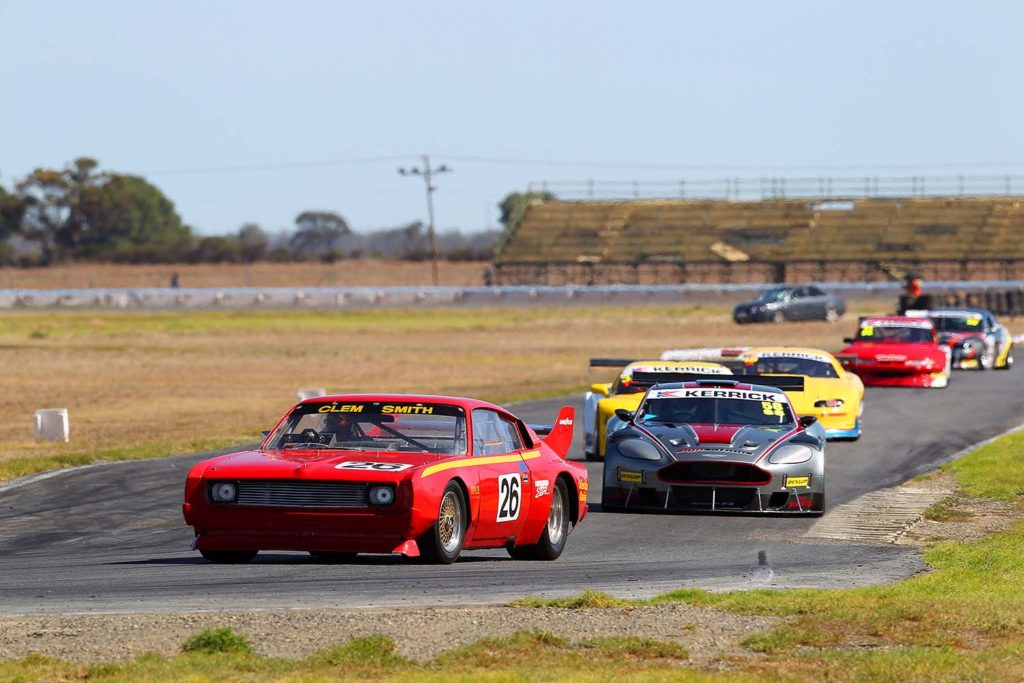
PIC: Nathan Wong
The circuit remains in operation and remains a hub for a majority of South Australia’s state championship racing scene, hosting a majority of the state championship series as well as a host of busy private and public drive days.
Gradual improvements have also begun to be made, including the resurfacing of the Turn 5 hairpin prior to the 2020 season.
With Sam Shahin on record as saying he would love to see national-level racing return to Mallala, a Shannons round headlined by TCR would seem an appropriate way to return top-flight Touring Car racing to a circuit with a lengthy history of just that.
It would be an appropriate nod to the past and Clem Smith’s influence on saving the venue from oblivion.







